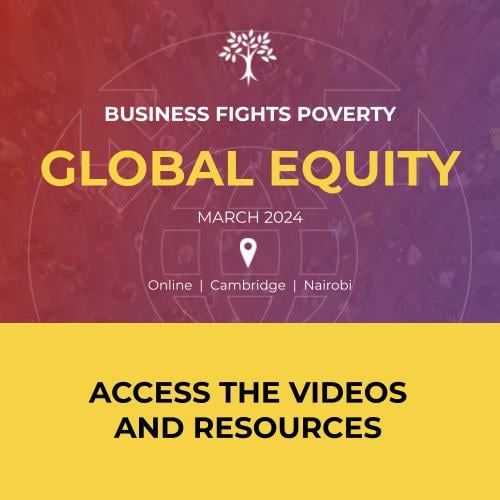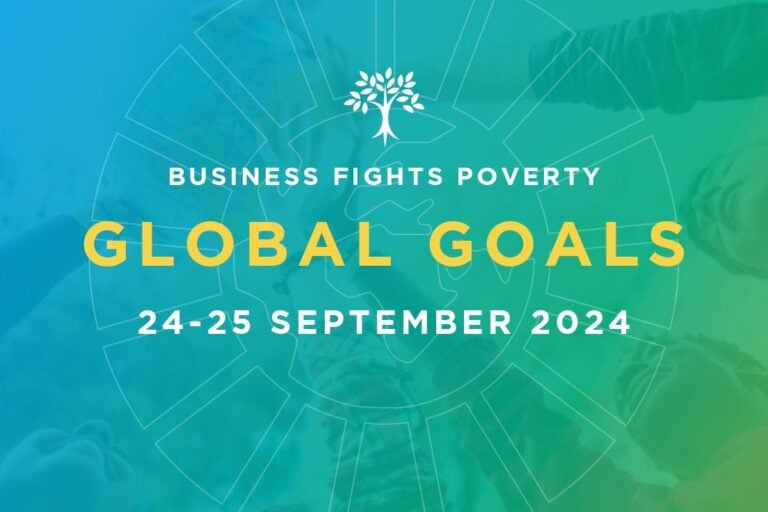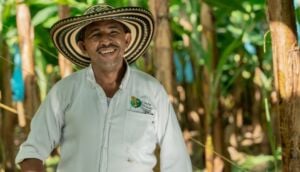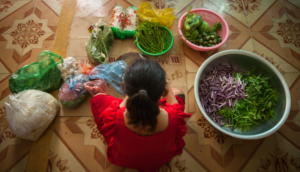Agriculture is not working for people or the planet. The statistics are startling. 78% of the world’s poorest people remain reliant on agriculture, 33% of the world’s soils are degraded (a figure that could rise to 90% by 2050) and agriculture contributes to about a quarter of global climate emissions (stats from the World Bank, the FAO and the IPCC respectively).
There is an emerging consensus that we need to move to a more regenerative food system.
In the Regenerative Agriculture: Growing Pains? series of webinars, Practical Action and IDH – The Sustainable Trade Initiative, – are exploring how regenerative agriculture can work for the private sector AND smallholder farmers, how companies in the food system can put regenerative agriculture at the centre of what they do and how actors can work together and finance regenerative agriculture at scale.
The drivers for this transition come from both ends of the supply chain. Farmers are experiencing deteriorating soils and unreliable rains, making their livelihoods increasingly vulnerable and ultimately also threatening supply chains. Meanwhile customers and consumers are increasingly expecting the food system to deliver sustainability including supporting a move to “net zero”.
This situation is leading to a wealth of hyperbole about the potential of regenerative agriculture. But casual talk of ‘win win’ solutions belies the complexity that is inherent. So in these webinars we are exploring the realities of transforming agriculture to a more regenerative approach.
For a long time modern agriculture has been based on mono-crops that have allowed food companies to become highly specialised. But regenerative agriculture is based on diversification, with multiple crops, the integration of livestock and cropping systems and a much greater attention to soil health, facilitated partly through a shift away from chemical inputs. Regenerative agriculture is also context specific which, as noted in Webinar 2, makes it very difficult when you’re a botanical company sourcing multiple products from different climatic zones around the globe.
As if the technical challenges of regenerative agriculture aren’t enough, it also presents a variety of other fundamental challenges across the food system:
- Small scale farmers already have marginal livelihoods and these are being made worse by climate change. A shift to fully regenerative agriculture, with a typical return on investment, according to one of our panellists of 6-7 years, is a difficult proposition (“how can I go green if my figures are in the red”). As we heard companies are trying to provide wider support on regenerative agriculture but as noted, they can only go so far – “where do our services stop?”. Innovative public – private partnerships are being used to subsidise the transition. This is delivering learning and experience that can assist in the development of longer term solutions. Options such as premium prices and payments for ecosystem services such as carbon sequestration present options to supplement this in the long run and these will be explored in our final webinar.
- Food sector companies clearly need to have regenerative agriculture as a “part of their DNA” rather than an optional add-on. Sustainability strategies and internal standards can be useful mechanisms for engaging internal and external stakeholders (e.g. buyers, financial institutions etc) and getting the necessary buy-in – but broader change is needed. Company managers need to get used to new ways of doing things. For decades they have focused on the supply chains for single crops. Now they need to develop models that provide services for multiple crops – as shown by a coffee trading company in webinar 2 that is supporting farmers to diversify using red kidney beans and as a result is now having to learn how to become a bean trader. Managers and the CEOs above them need to be more accustomed to greater levels of uncertainty and longer time frames for securing a return on investment. This change won’t be secured by a training session or a webinar but though a learning and unlearning journey.
- Consumers are showing increasing interest in sustainable products. However there is evidence of growing scepticism about some certification standards and even when consumers are motivated by sustainability, the lure of low prices is still powerful. It still pays to be a polluter and so sustainable products always look more expensive. As a result, the danger of a race to the bottom remains. Two questions were raised in our discussions. Firstly, can consumers be taken on their own learning journey to help them grasp the complexity and the need for regenerative agriculture? The answer seems to be Yes – as evidenced by the example seen of in webinar 2 of a business led consumer education campaign on soil health. Big brands could really play a role in taking this to a wider audience. The second question is do we need a new definition of “profit”? Does True Cost Accounting – in which externalities, such as damage to the environment are included in the pricing of products – need to become the norm? We heard examples of how companies are using True Cost Accounting to both measure and monetise the costs of regenerative agriculture and may explore this more in the final webinar.
The two webinars so far have really demonstrated that the route to a world in which regenerative agriculture is the norm will not be a simple one. It requires a tolerance of uncertainty, the ability to really learn and adapt along the way and the combined efforts of all stakeholders in the food system.
What has been so positive from these sessions is the willingness from the businesses and partners involved in making changes to regenerative agriculture to share their experience, lessons learned, questions, pitfalls and successes with others and explore new ways to collaborate. We have been listening closely to what would help more companies, make more progress, more effectively and welcome ideas from our network.
In the final webinar on 22 September, we will dig deeper into how to make this a reality at scale. We’ll be looking at the role of collaboration, between businesses and with public bodies and we’ll be exploring options for financing the transition to regeneration agriculture including through payments for ecosystem services such as carbon sequestration.










